Taxation
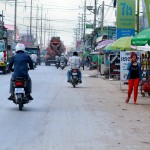
Heavy trucks on a street in Phnom Penh, Cambodia. Photo by Phalinn Ool, taken on June 15 2015. Licensed under CC BY-NC-ND 2.0The Cambodian government’s 2014–18 Revenue Mobilization Strategy aimed to enhance revenue administration and strongly increase the collection of taxes and other revenue. The ...
Agricultural production

Rice field in Cambodia’s countryside. Photo by fmpgoh, taken on 15 July 2009. Licensed under CC BY-NC-ND 2.0The main products from the agriculture sector are rice, rubber, corn, vegetables, cashews and cassava. Unprocessed agricultural exports were projected to be more than 90 percent of total agricultural ...
Provincial and local governments
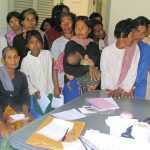
Patients are registered during the outreach screening at Vien Health Center. Photo by Community Eye Health, taken in 2006. Licensed under CC BY-NC 2.0The Kingdom of Cambodia is an indivisible state. The country’s administration at all levels and in all sectors falls under the same ...
Extractive industries
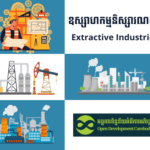
Extractive industries include mining and mineral sectors, natural gas and oil exploration, petroleum refineries, and quarrying for construction resources such as sand, stone, and gravel. Cambodia’s extractive resources have gone largely untapped, while these resources are geographically identifiable. French and Chinese geologists have been indicated ...
Health care policy and administration
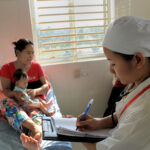
A quality and effective healthcare system that provides equal access to services is critical to ensure the well-being of any population. Both developed and developing countries strive to bring improvements to their healthcare systems. Cambodia, in particular, has undergone significant transformations in terms of healthcare ...
Urban administration and development
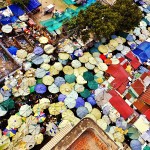
Bird eye view of a local market in Phnom Penh. Photo by Roberto Trombetta, taken on 8 May 2015. Photo licensed under Creative Commons Attribution-NonCommercial 2.0 GenericThe development and administration of Cambodia’s urban areas has struggled to keep pace with urban population growth. For example, ...
Development and assistance for land tenure and land titling
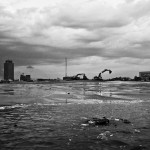
Beginning in 2002, the World Bank, Germany, Finland and Canada began a joint-program to promote land tenure security in Cambodia by providing financial and technical support to land titling efforts. Following the eviction of residents of the Boeung Kak Lake area of Phnom Penh due ...
Administration
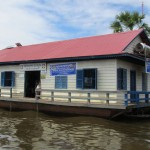
Cambodia’s sub-national administration consists of three tiers: capital city/province, municipality/district and sangkat/commune. Phnom Penh is the capital, and there are 24 provinces, 159 districts (including 26 municipalities and 12 khans), 1406 communes and 227 sangkats. ...
Protected forest
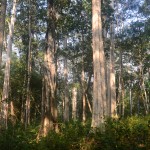
Protected Forests are generally established under individual sub-decrees, specifically for the purpose of protecting biodiversity and conservation. They are home to many endangered or threatened species. ...
SDG 13 Climate action
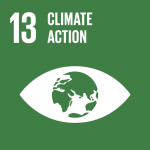
SDG 13 is aimed at taking urgent action to combat climate change impacts by developing the capacity of each country to mitigate climate risks and work towards adaptation. Least developed nations, landlocked countries and small island states are recognised as especially in need of support ...
SDG 15 Life on land
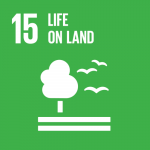
SDG 15 focuses on the sustainable use of terrestrial (land-based) biodiversity and ecosystems such as forests, grasslands, deserts and mountains and their interaction with freshwater systems. It aims to protect and restore their ecological function. The work includes applying sustainable land and forest management practices and ...
International relations

Cambodia has strong diplomatic links with many countries. Its warmest relationship with a superpower is with the People's Republic of China. The most important economic ties are with China, the United States of America, Thailand and Vietnam. Cambodia is a member of the UN, ASEAN, ...



